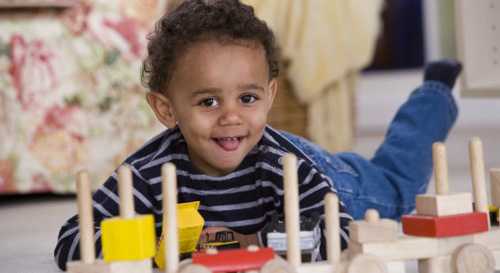Responding to Good Behavior

Attention from you and other caregivers is important to your child. In fact, toddlers and preschoolers demand A LOT of adult attention.
Attention can be both positive and negative. Positive attention is used to show your child he has done something you like. Positive attention includes things like praise, hugs, kisses, pats on the back, and high-fives. Negative attention lets your child know you do not like what he has done. Negative attention includes things like scolding, correcting, and yelling. Let’s take a look at an example of positive and negative attention.
Example
You are in the check-out line at the grocery store with your child.
Positive Attention
If your child waits by your side, you might say, “Thank you for being patient and staying by me.”
Negative Attention
If your child runs away, you yell at him, “Come back here, now!”
When to Not Give Attention
Your attention is powerful. Any attention you give after your child’s behavior makes the behavior more likely to happen again. So, if you give your child attention after he does something you do not like, the misbehavior can increase. You can decrease misbehavior by limiting the negative attention you give. Ignoring is another good way to limit attention for behaviors you do not like. Click here for more information on ignoring.
Learn how praise and imitation are helpful in improving young children’s behavior »
Learn how description can be used to improve your child’s behavior »
- Page last reviewed: May 19, 2014
- Page last updated: May 19, 2014
- Content source:


 ShareCompartir
ShareCompartir